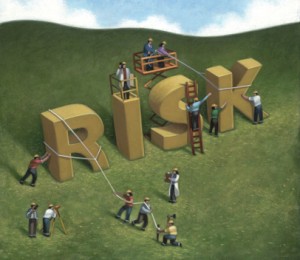The increase in online shopping activities brings more threats to digital payments and online money crimes. E-commerce systems, digital marketplaces, and online payment providers are preferred targets by people who want to commit fraud and hide illegal money. Efforts to safeguard both retailers and customers depend heavily on AML transaction monitoring as a key defense system.
Our article explains what AML transaction monitoring does in e-commerce and why it protects businesses against illegal m




